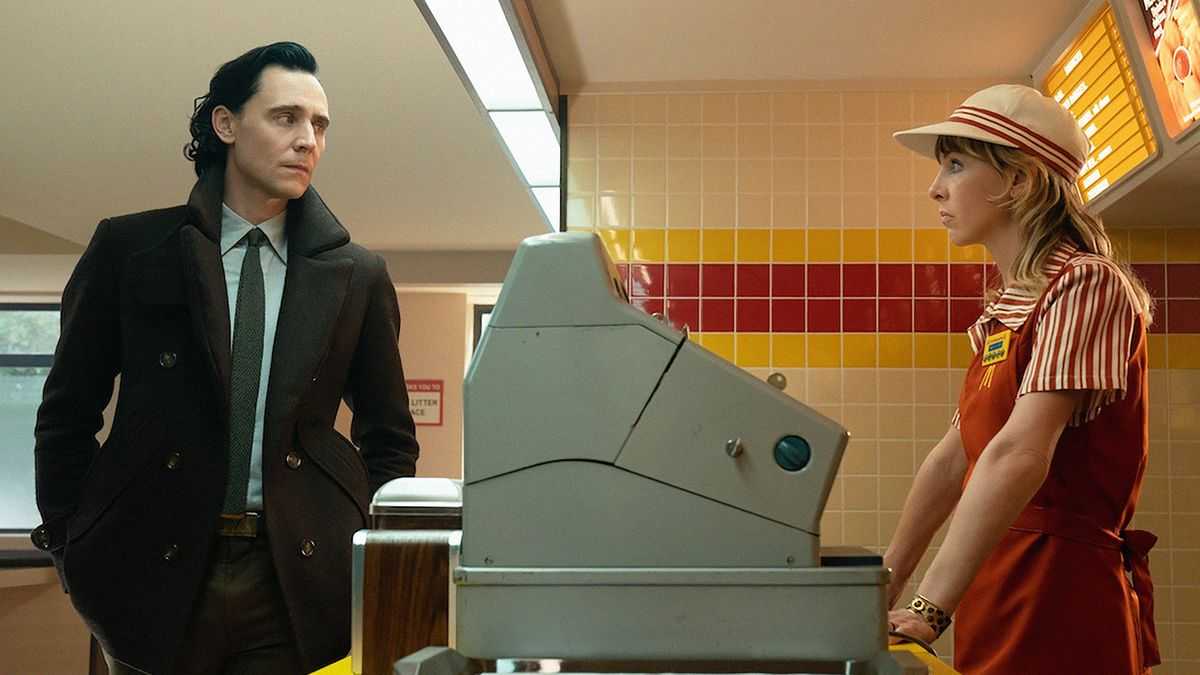Pizza is one of the most beloved but also highly debated foods in America. Pepperoni or Pineapple? Thin or thick crust? No matter how you slice it, it’s been good for the pizza industry. Largely affordable, this comfort food was the “restaurant hero of 2020,” according to the New York Times. During the first nine months of 2020, the combined revenue of Domino’s and Papa John’s grew to the point that it was roughly equivalent to their selling about 30 million more large cheese pizzas than they had in 2019.
Those two national chains, along with Pizza Hut and Little Caesars, control upwards of half the pizza market, but the latter doesn’t see itself as one of the corporate giants. The privately held Little Caesars kicked off 2021 with new campaign positioning: “We are not Big Pizza, We are Little Caesars.” The company’s CMO, Jeff Klein, told AdWeek that the goal of the campaign is to reinforce Little Caesars’ value and innovation – for example, bacon-wrapped deep dish pizza or pretzel crusts.
“[Because we’re] selling a $5 hot and ready pizza, it can be difficult to believe the quality of ingredients. We are proud we are the only chain that makes our crusts fresh in-store,” he stressed.
A new ad spot follows executives from “Big Pizza” as they take a limo to a Little Caesars location to order the new pepperoni and cheese stuffed crust pizza. The reaction is flat-out panic (and a toupee being thrown) as they discover the quality of ingredients being used. Whether Little Caesars’ new marketing approach can help it climb the pizza ladder remains to be seen, but pizza sales have been increasing across the board. According to Interpret’s New Media Measure®, from early 2020 to late 2020, the percent of US consumers purchasing pizza grew from 14% to 16% for Papa John’s, from 18% to over 21% for Little Caesars, from 27% to 29% for Domino’s , and from 24% to almost 30% for Pizza Hut.






